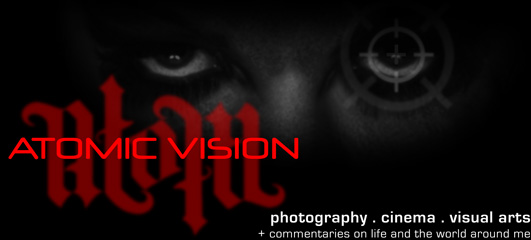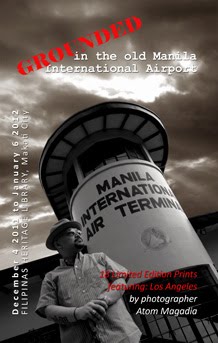
The Space Station hovering 200-250 miles above the Earth
The International Space Station has been in the news lately because of the spectacular photographs taken by its resident Astronauts. The high resolution photographs by the first three resident space station crews, totaling 13,442 images of the Earth, were amazingly sharp and accurate to spatial resolutions up to less than six meters!
Aside from being valuable records of the state of the Earth (at a certain time), scientist can now map changes occuring in very small features of the Earth's surface. The International Space Station continues the pioneering effort that began 150 years ago with French Photographer Felix Nadar (Gaspard-Félix Tournachon) in an Air Balloon.
Astronaut photography has always facinated me. Aside from its technical challenges, it is a 'rarified field of work' reserved for a handful of individuals -- and consequently beyond my reach. But its impact is priceless and invaluable to each one of us. It is an uncommon ground where Science and Art truly meet.
I am sure you will agree that the results are truly spectacular!

A volcano erupting

A hurricane in action
See more International Space Station photographs at http://eol.jsc.nasa.gov/
-- All photographs property of NASA.


















